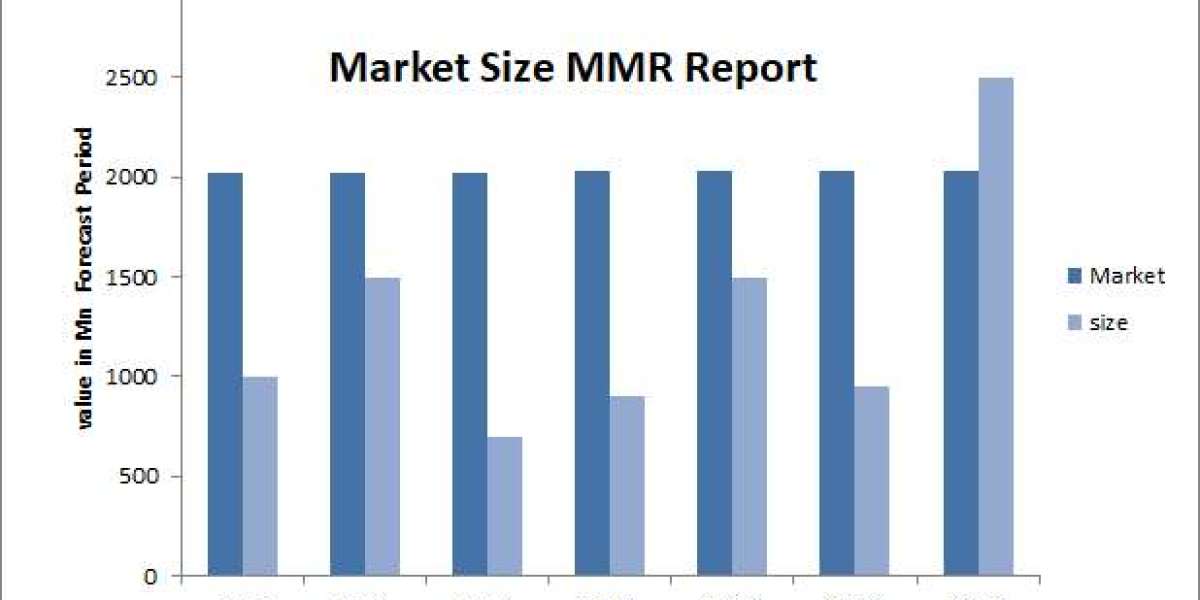The Future of Peripherally Inserted Central Catheters in Modern Healthcare
In modern healthcare, Peripherally Inserted Central Catheters (PICC) have become indispensable tools for intravenous (IV) therapy, particularly for patients who require long-term access to central venous blood vessels. With increasing demands for chronic disease management, chemotherapy, and long-term antibiotic treatments, the PICC market is experiencing significant growth. As we move into 2025, innovations in PICC technology and their applications are poised to enhance the quality of patient care and expand the potential uses of these life-saving devices.
A PICC is a flexible tube that is inserted into a peripheral vein (usually in the arm) and threaded through to a large vein near the heart, providing easier and longer-lasting access to the bloodstream. These catheters are particularly advantageous for patients requiring frequent IV medication or hydration, as well as those needing blood draws or nutritional support for extended periods. With their wide range of applications, the role of PICCs is set to evolve, driven by technological innovations, increased safety protocols, and an expanding market.
Technological Advancements Shaping the Future of PICC Devices
One of the most exciting aspects of the future of PICC devices is the continued integration of advanced technologies that improve their safety, efficacy, and overall patient experience. These advancements are primarily focused on three key areas: minimizing complications, enhancing catheter functionality, and streamlining insertion procedures.
1. Minimizing Complications
While PICCs are generally considered safe, they do carry the risk of complications such as infections, blood clots, and catheter malposition. In response to these challenges, medical device manufacturers are focusing on designing antimicrobial-coated PICCs, which help reduce the risk of infections that could arise from prolonged use. By embedding antimicrobial agents within the catheter material, these catheters minimize bacterial growth and can improve patient outcomes significantly.
Furthermore, advancements in PICC tracking technology are providing real-time data on the catheter’s placement. Devices equipped with radiofrequency identification (RFID) or ultrasound technology can allow healthcare providers to accurately position the PICC catheter, ensuring that it remains in the correct anatomical position. This reduces the risk of complications such as malposition, which can lead to severe issues like perforation or thrombosis.
2. Enhanced Catheter Functionality
One key development in the PICC market is the increased ability of these catheters to handle more complex medical requirements. Multi-lumen PICCs, which can accommodate multiple medications or fluids simultaneously, are becoming increasingly sophisticated. These multi-lumen devices reduce the need for multiple catheters, improving patient comfort and streamlining care procedures.
Additionally, there is a growing trend toward smart PICC devices that incorporate sensors to monitor the catheter’s condition, detect occlusions, and track patient responses in real time. These smart PICCs could signal when the catheter is at risk of developing a blockage or becoming dislodged, prompting quick intervention. This technology could revolutionize the care of patients with chronic conditions or those undergoing frequent treatments.
3. Streamlining Insertion Procedures
PICC insertion, while generally safe, can be challenging for both healthcare providers and patients, especially in those with difficult venous access. As a result, new image-guided techniques, such as ultrasound and fluoroscopy, are making the insertion process more precise and less invasive. These technologies allow healthcare professionals to visualize veins in real-time, ensuring more accurate catheter placement and minimizing the chances of failed insertions.
The incorporation of robotic assistance in PICC insertion is another key trend. Robotic systems can enhance precision and reduce the variability in how PICC lines are inserted, making the procedure more efficient and less stressful for patients. This technology is especially useful for high-risk patients or those who have previously undergone difficult catheter insertions.
The Expanding Market for PICCs
The demand for PICC devices is expected to grow steadily through 2025 and beyond, driven by several key factors. Chronic illnesses, such as cancer, diabetes, and heart disease, are on the rise, and with them comes the need for long-term vascular access. For patients undergoing chemotherapy, PICCs provide a reliable and comfortable solution for receiving medications over extended periods.
Another significant factor driving the PICC market growth is the increasing trend toward home healthcare. With advancements in telemedicine and remote patient monitoring, more patients are receiving intravenous therapy at home. PICC devices offer a safe, convenient means of administering long-term treatments outside the hospital setting. The ability to perform treatments like chemotherapy or antibiotic infusions at home improves patient comfort, reduces hospital stays, and lowers healthcare costs.
In addition, the aging population plays a crucial role in the market's growth. As the global population continues to age, more people are likely to require ongoing medical care that demands vascular access. The use of PICCs in this demographic is expected to grow, as these devices provide a less invasive and more sustainable option for patients requiring long-term treatment.
Regulatory and Safety Enhancements
With the increasing demand for PICCs, regulatory bodies and healthcare organizations are also placing a stronger emphasis on ensuring the safety and efficacy of these devices. By 2025, we expect to see stricter regulatory guidelines for the manufacture and use of PICCs, particularly regarding infection control and long-term safety. The introduction of advanced safety features, such as infection-prevention coatings and real-time monitoring systems, will likely become industry standards, ensuring that patients benefit from the highest levels of care.
Conclusion: The Bright Future of PICC Technology
The future of Peripherally Inserted Central Catheters looks bright, with several advancements in technology set to improve patient safety, comfort, and care outcomes. From smart PICC devices to enhanced catheter functionality, these innovations are set to revolutionize the way healthcare providers manage intravenous therapy.
As the global healthcare landscape continues to evolve, the demand for long-term vascular access will only increase, driving the growth of the PICC market. With the integration of cutting-edge technologies and greater regulatory emphasis on safety, the PICC devices of 2025 and beyond will undoubtedly play a pivotal role in providing effective, efficient, and patient-centered care. Whether used in hospitals, outpatient clinics, or home healthcare settings, PICCs will remain at the forefront of modern healthcare practices, offering patients the quality care they deserve.













